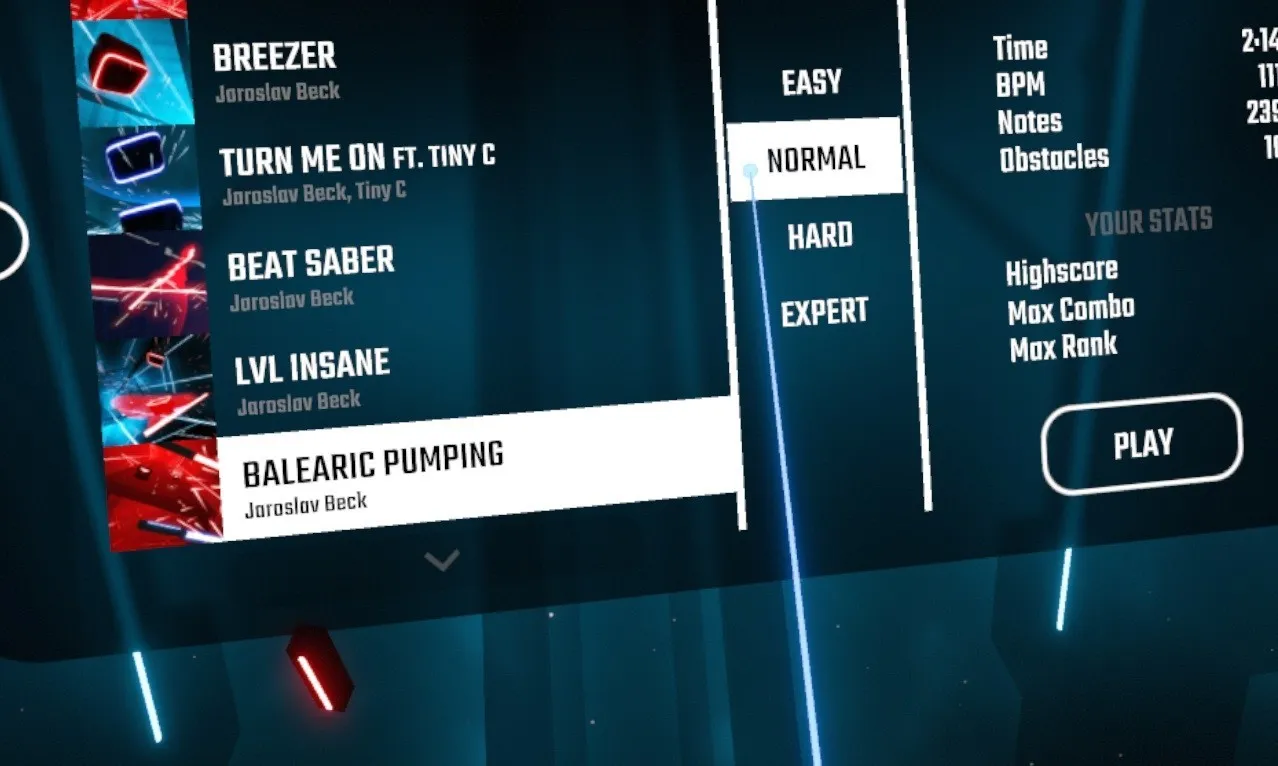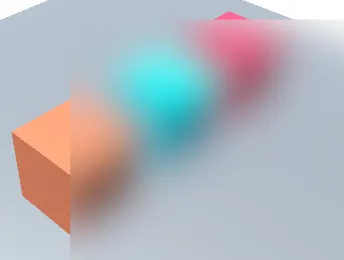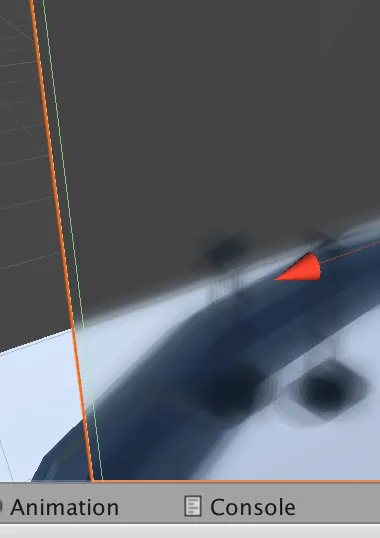我正在尝试制作一个标准的模糊材质,就像这样(黑暗的节拍刀菜单):
但是要用在3D对象上,而不是相机效果或画布材质。我找到了一些提供低质量模糊的资源,但我需要它光滑并且有一个好的高斯模糊效果。我现在使用的模糊材质有奇怪的条纹:
// 升级注意:将“mul(UNITY_MATRIX_MVP,)”替换为“UnityObjectToClipPos()”
Shader "Custom/WaterBlur" {
Properties {
_blurSizeXY("BlurSizeXY", Range(0,10)) = 0
}
SubShader {
// Draw ourselves after all opaque geometry
Tags { "Queue" = "Transparent" }
// Grab the screen behind the object into _GrabTexture
GrabPass { }
// Render the object with the texture generated above
Pass {
CGPROGRAM
#pragma debug
#pragma vertex vert
#pragma fragment frag
#ifndef SHADER_API_D3D11
#pragma target 3.0
#else
#pragma target 4.0
#endif
sampler2D _GrabTexture : register(s0);
float _blurSizeXY;
struct data {
float4 vertex : POSITION;
float3 normal : NORMAL;
};
struct v2f {
float4 position : POSITION;
float4 screenPos : TEXCOORD0;
};
v2f vert(data i){
v2f o;
o.position = UnityObjectToClipPos(i.vertex);
o.screenPos = o.position;
return o;
}
half4 frag( v2f i ) : COLOR
{
float2 screenPos = i.screenPos.xy / i.screenPos.w;
float depth= _blurSizeXY*0.0005;
screenPos.x = (screenPos.x + 1) * 0.5;
screenPos.y = 1-(screenPos.y + 1) * 0.5;
half4 sum = half4(0.0h,0.0h,0.0h,0.0h);
sum += tex2D( _GrabTexture, float2(screenPos.x-5.0 * depth, screenPos.y+5.0 * depth)) * 0.025;
sum += tex2D( _GrabTexture, float2(screenPos.x+5.0 * depth, screenPos.y-5.0 * depth)) * 0.025;
sum += tex2D( _GrabTexture, float2(screenPos.x-4.0 * depth, screenPos.y+4.0 * depth)) * 0.05;
sum += tex2D( _GrabTexture, float2(screenPos.x+4.0 * depth, screenPos.y-4.0 * depth)) * 0.05;
sum += tex2D( _GrabTexture, float2(screenPos.x-3.0 * depth, screenPos.y+3.0 * depth)) * 0.09;
sum += tex2D( _GrabTexture, float2(screenPos.x+3.0 * depth, screenPos.y-3.0 * depth)) * 0.09;
sum += tex2D( _GrabTexture, float2(screenPos.x-2.0 * depth, screenPos.y+2.0 * depth)) * 0.12;
sum += tex2D( _GrabTexture, float2(screenPos.x+2.0 * depth, screenPos.y-2.0 * depth)) * 0.12;
sum += tex2D( _GrabTexture, float2(screenPos.x-1.0 * depth, screenPos.y+1.0 * depth)) * 0.15;
sum += tex2D( _GrabTexture, float2(screenPos.x+1.0 * depth, screenPos.y-1.0 * depth)) * 0.15;
sum += tex2D( _GrabTexture, screenPos-5.0 * depth) * 0.025;
sum += tex2D( _GrabTexture, screenPos-4.0 * depth) * 0.05;
sum += tex2D( _GrabTexture, screenPos-3.0 * depth) * 0.09;
sum += tex2D( _GrabTexture, screenPos-2.0 * depth) * 0.12;
sum += tex2D( _GrabTexture, screenPos-1.0 * depth) * 0.15;
sum += tex2D( _GrabTexture, screenPos) * 0.16;
sum += tex2D( _GrabTexture, screenPos+5.0 * depth) * 0.15;
sum += tex2D( _GrabTexture, screenPos+4.0 * depth) * 0.12;
sum += tex2D( _GrabTexture, screenPos+3.0 * depth) * 0.09;
sum += tex2D( _GrabTexture, screenPos+2.0 * depth) * 0.05;
sum += tex2D( _GrabTexture, screenPos+1.0 * depth) * 0.025;
return sum/2;
}
ENDCG
}
}
Fallback Off
}
我如何为网格实现光泽甚至高质量的高斯模糊材质?


